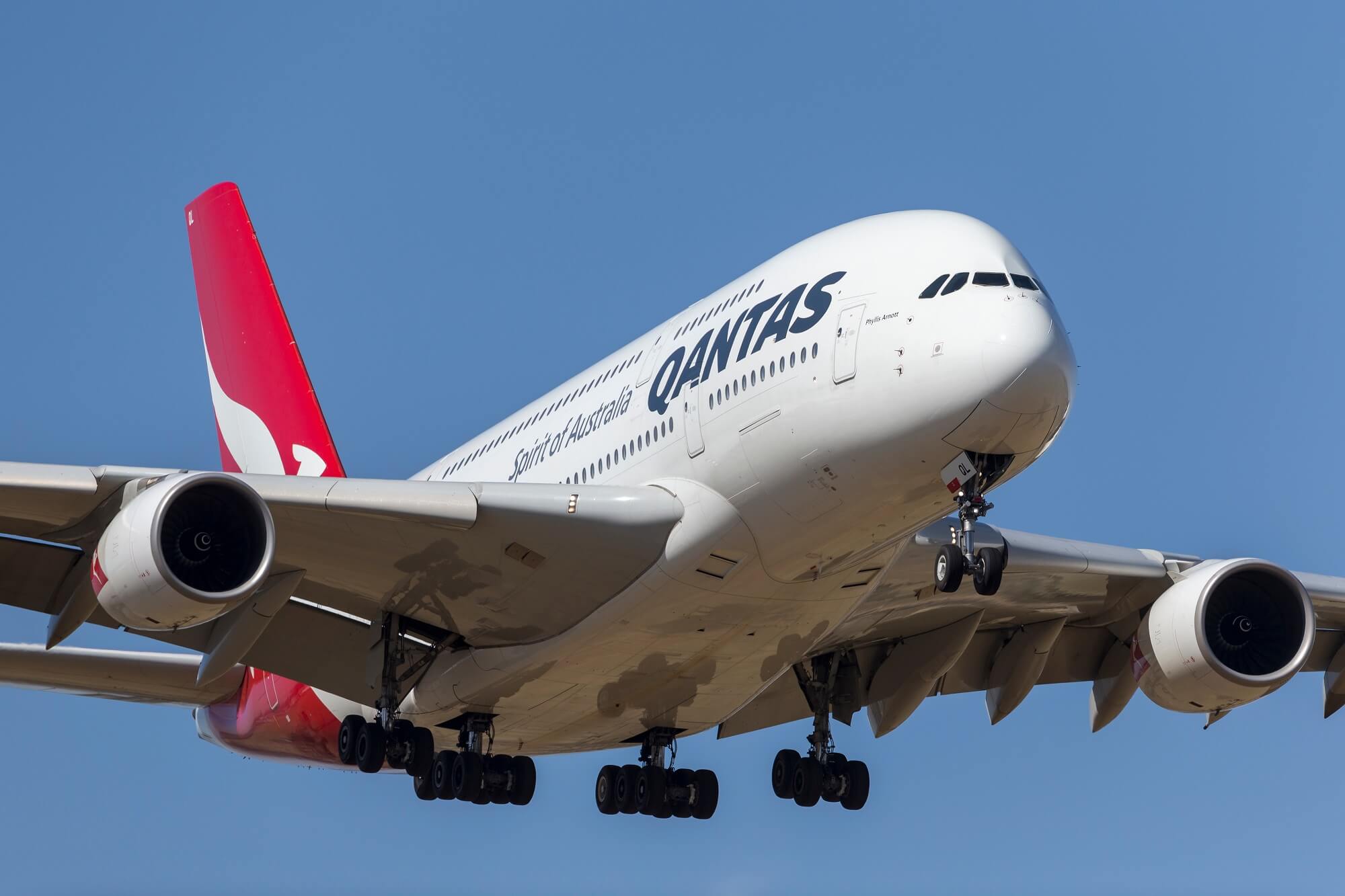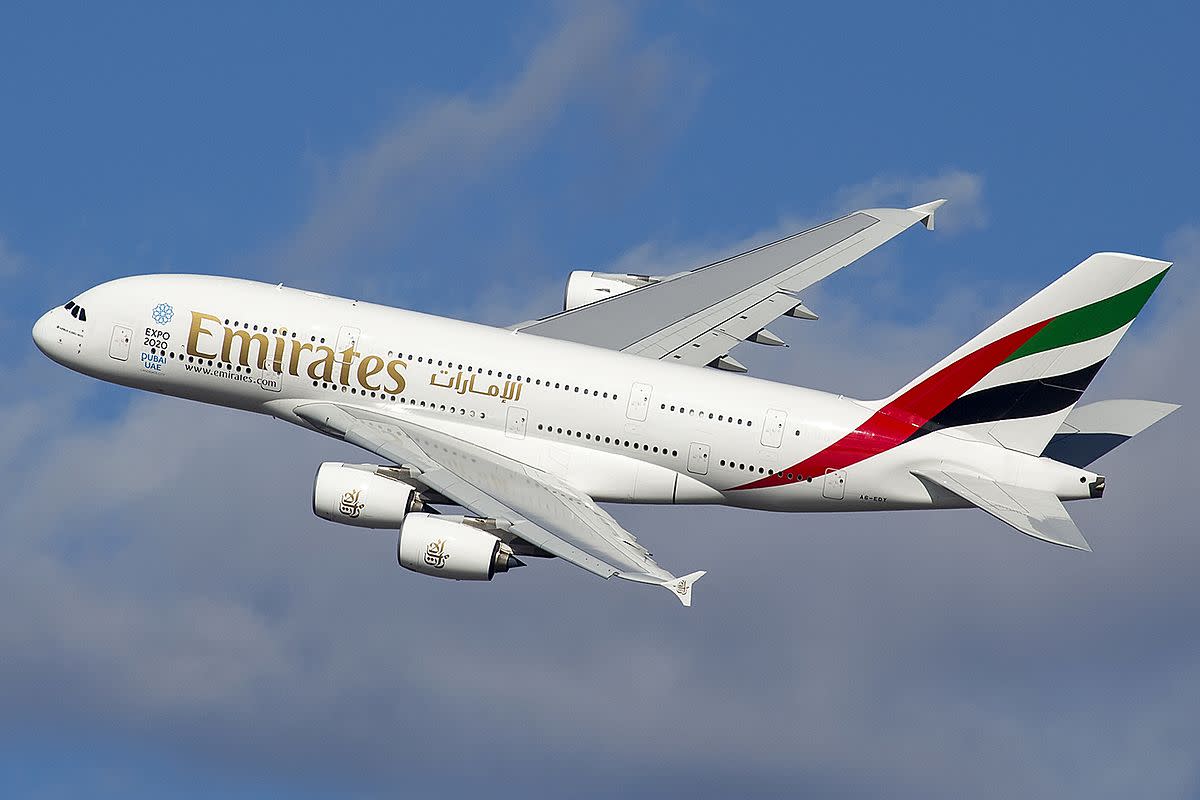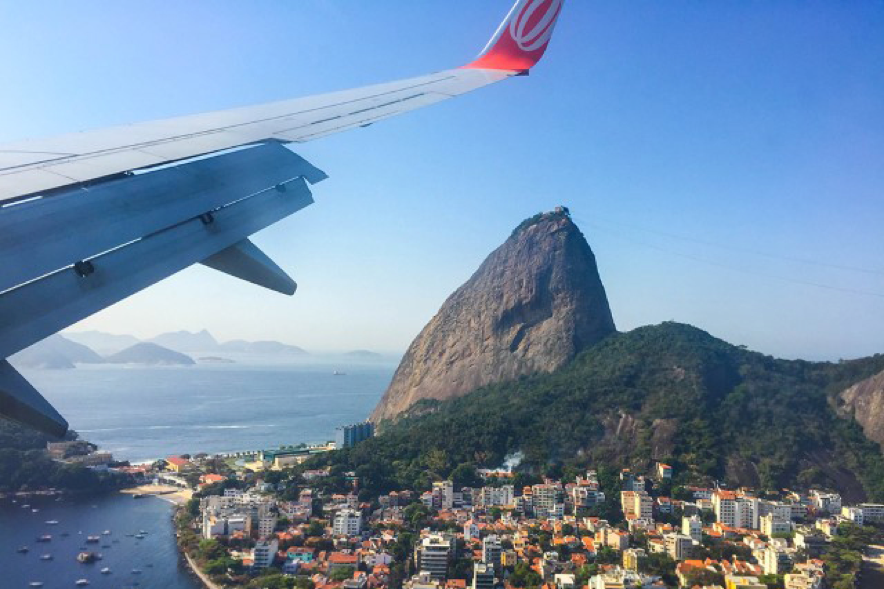Passenger Plane Industry in Brazil

Brazil’s passenger plane industry has witnessed a dynamic evolution, marked by significant growth, technological advancements, and the emergence of major airlines. This industry plays a crucial role in connecting Brazil’s vast territory, facilitating trade, and fostering tourism.
Historical Development
The history of the passenger plane industry in Brazil dates back to the early 20th century. In 1927, the first commercial airline, Syndicato Condor, commenced operations, connecting Rio de Janeiro and São Paulo. The industry gained momentum during the 1940s and 1950s with the establishment of several domestic airlines, including Varig and Real-Aerovias.
These airlines played a vital role in expanding air travel across the country, connecting major cities and opening up remote regions.
In the 1970s, the Brazilian government implemented a policy of nationalizing the airline industry, leading to the creation of Varig and Transbrasil as the dominant players.
However, this nationalization policy ultimately hampered the industry’s growth and competitiveness.
During the 1990s, Brazil embarked on a process of economic liberalization, which included the privatization of the airline industry. Varig and Transbrasil were eventually privatized, and new airlines emerged, creating a more competitive market.
Major Airlines and Market Share
Brazil’s passenger plane industry is characterized by a diverse range of airlines, each catering to specific market segments.
The major airlines operating in Brazil include:
- GOL Linhas Aéreas Inteligentes: Founded in 2001, GOL is the largest airline in Brazil by market share, operating a fleet of Boeing 737s and Airbus A320s. GOL focuses on domestic routes, connecting major cities across the country.
- LATAM Airlines Brasil: A subsidiary of LATAM Airlines Group, LATAM Brasil is the second-largest airline in Brazil, operating a diverse fleet of Boeing and Airbus aircraft. LATAM Brasil offers both domestic and international routes, connecting Brazil to destinations in South America, North America, and Europe.
- Azul Brazilian Airlines: Established in 2008, Azul is the third-largest airline in Brazil, operating a fleet of Embraer jets. Azul focuses on regional routes, connecting smaller cities and towns across the country.
- Avianca Brasil: A subsidiary of Avianca Holdings, Avianca Brasil was the fourth-largest airline in Brazil until its bankruptcy in 2019.
- Voepass Linhas Aéreas: Voepass is a regional airline operating a fleet of Embraer jets, connecting smaller cities and towns in Brazil.
Key Airports and Passenger Traffic Volume
Brazil boasts a vast network of airports, serving both domestic and international destinations.
The key airports in Brazil, ranked by passenger traffic volume, include:
- São Paulo–Guarulhos International Airport (GRU): The busiest airport in Brazil, GRU serves as a major hub for international and domestic flights.
- Rio de Janeiro–Galeão International Airport (GIG): The second-busiest airport in Brazil, GIG serves as a major hub for international and domestic flights.
- Brasília International Airport (BSB): The third-busiest airport in Brazil, BSB serves as a major hub for domestic flights.
- Congonhas–São Paulo Airport (CGH): A domestic airport in São Paulo, CGH is a major hub for flights within the state of São Paulo.
- Belo Horizonte–Confins International Airport (CNF): The fifth-busiest airport in Brazil, CNF serves as a major hub for domestic flights.
Impact of Government Policies
Government policies have played a significant role in shaping the passenger plane industry in Brazil.
The Brazilian government has implemented a range of policies aimed at promoting competition, improving infrastructure, and supporting the development of the aviation sector.
For example, the government has implemented policies to liberalize the airline industry, encouraging the entry of new airlines and fostering competition.
The government has also invested heavily in infrastructure, upgrading airports and expanding air traffic control systems.
These policies have contributed to the growth of the passenger plane industry in Brazil, but challenges remain, such as the need for further infrastructure improvements and the need to address issues related to air traffic congestion.
Top 5 Airlines in Brazil
| Airline | Fleet Size | Passenger Capacity | Key Routes |
|---|---|---|---|
| GOL Linhas Aéreas Inteligentes | 135 | 180,000 | São Paulo, Rio de Janeiro, Brasília, Salvador, Fortaleza |
| LATAM Airlines Brasil | 140 | 170,000 | São Paulo, Rio de Janeiro, Santiago, Miami, Lisbon |
| Azul Brazilian Airlines | 140 | 140,000 | Campinas, Belo Horizonte, Recife, Porto Alegre, Florianópolis |
| Avianca Brasil (Defunct) | 60 | 80,000 | São Paulo, Rio de Janeiro, Brasília, Belo Horizonte, Salvador |
| Voepass Linhas Aéreas | 40 | 50,000 | São Paulo, Rio de Janeiro, Brasília, Belo Horizonte, Salvador |
Passenger Plane Safety in Brazil: Passenger Plane Brazil

Brazil’s aviation sector has witnessed significant growth in recent years, but ensuring passenger safety remains paramount. While the country boasts a robust aviation industry, it’s essential to understand the factors contributing to passenger plane safety and the measures taken to maintain high standards.
Air Accidents Statistics
Statistics provide valuable insights into the safety record of Brazilian airlines.
- The Brazilian Civil Aviation Agency (ANAC) maintains a comprehensive database of air accidents. This database provides valuable insights into the trends and contributing factors of accidents.
- According to ANAC, the number of fatal accidents involving passenger planes in Brazil has decreased significantly in recent decades. This decline can be attributed to several factors, including technological advancements, stricter safety regulations, and improved pilot training.
- The International Civil Aviation Organization (ICAO) monitors global aviation safety data. Brazil’s air accident rate compares favorably to the global average, reflecting a commitment to safety standards.
Comparison with International Standards
Brazil’s aviation safety record is regularly assessed against international standards.
- The ICAO’s safety audit program evaluates member states’ adherence to international safety standards. Brazil has consistently achieved a high level of compliance with these standards, demonstrating its commitment to safety.
- Brazilian airlines are subject to rigorous safety audits by international organizations, such as the International Air Transport Association (IATA). These audits ensure that airlines meet international safety requirements.
- The safety record of Brazilian airlines is regularly monitored by international aviation authorities, ensuring transparency and accountability.
Role of Regulatory Bodies
Regulatory bodies play a critical role in ensuring passenger plane safety in Brazil.
- The ANAC is the primary regulatory body responsible for overseeing all aspects of civil aviation in Brazil. It sets safety standards, conducts inspections, and investigates air accidents.
- The ANAC’s mandate includes the certification of aircraft, air operators, and personnel, ensuring they meet stringent safety requirements.
- The agency also plays a vital role in promoting safety awareness within the aviation industry, encouraging continuous improvement and best practices.
Impact of Air Traffic Control
Air traffic control is a crucial aspect of passenger plane safety.
- Brazil’s air traffic control system is managed by the Department of Air Navigation (DECEA), which ensures the safe and efficient flow of air traffic.
- DECEA’s air traffic controllers play a vital role in preventing collisions and ensuring the smooth operation of flights.
- The agency’s investments in advanced technologies, such as radar systems and communication networks, have enhanced the efficiency and safety of air traffic control.
Key Factors Contributing to Passenger Plane Safety
- Strict Safety Regulations: ANAC enforces rigorous safety regulations, including aircraft maintenance, pilot training, and operational procedures.
- Advanced Technology: Modern aircraft are equipped with advanced safety features, such as collision avoidance systems and flight data recorders.
- Experienced Personnel: Brazilian airlines employ highly skilled and experienced pilots, flight attendants, and maintenance technicians.
- Continuous Improvement: The aviation industry is constantly evolving, with ongoing research and development focused on enhancing safety.
- Effective Communication: Clear and timely communication between pilots, air traffic controllers, and ground personnel is crucial for safe operations.
Passenger Plane Travel Experience in Brazil

Embarking on a journey through the vibrant skies of Brazil offers a unique and captivating travel experience. From the moment you step into the airport to the time you reach your destination, the journey is a blend of cultural nuances, modern amenities, and a touch of Brazilian hospitality.
Check-in Procedures and Boarding Processes
The check-in process at Brazilian airports is generally efficient and streamlined. Passengers are typically required to present their passport, boarding pass, and any necessary travel documents. Baggage check-in is often swift, with automated kiosks available for self-service check-in. However, it’s advisable to arrive at the airport well in advance, especially during peak travel seasons.
Boarding procedures are similar to those in other parts of the world, with passengers boarding in a designated order. While announcements are typically made in Portuguese, English translations are often provided. In-flight entertainment options may vary depending on the airline and route. However, most airlines offer a selection of movies, music, and television programs, along with a complimentary meal or snack.
In-Flight Services
Brazilian airlines are known for their friendly and attentive cabin crew. In-flight services often include complimentary meals, beverages, and snacks. The quality of food and beverages can vary depending on the airline and the length of the flight. Some airlines offer a selection of regional Brazilian dishes, providing passengers with a taste of local cuisine.
Cultural Factors Impacting Travel
Brazilian culture is renowned for its warmth and vibrancy, which often spills over into the air travel experience. Passengers may find that interactions with airline staff and fellow travelers are generally friendly and engaging. Brazilian music and cultural performances are sometimes featured on flights, adding a touch of local flavor to the journey.
Challenges and Opportunities, Passenger plane brazil
While air travel in Brazil offers a unique experience, passengers may encounter some challenges. Delays and cancellations are not uncommon, particularly during the rainy season or due to unforeseen circumstances. Language barriers can also pose a challenge, although English is increasingly spoken in major airports and on long-haul flights.
Travel Guide
- Check-in Procedures: Arrive at the airport early, especially during peak seasons. Have your passport, boarding pass, and travel documents readily available.
- Boarding Processes: Follow the designated boarding order and be prepared to show your boarding pass. Announcements are typically made in Portuguese, but English translations are often provided.
- In-Flight Services: Expect friendly and attentive cabin crew. Complimentary meals, beverages, and snacks are usually offered. Some airlines feature regional Brazilian dishes.
- Cultural Considerations: Embrace the warmth and vibrancy of Brazilian culture. Interactions with airline staff and fellow travelers are generally friendly and engaging.
- Challenges: Be prepared for potential delays or cancellations. Language barriers may exist, although English is increasingly spoken.
Passenger plane brazil – Just as a passenger plane soaring through the Brazilian sky navigates turbulent air, so too do our lives face unpredictable storms. These challenges, like the recent fox presidential debate , test our resolve and force us to seek inner strength.
Ultimately, the journey of life, much like a passenger plane landing safely, is about finding peace and clarity amidst the chaos.
Just as a passenger plane in Brazil soars through the skies, connecting distant lands, so too do leaders like Mayor Tiffany Henyard lift their communities to new heights. Their vision and dedication, like the plane’s steady flight path, guide them toward a brighter future.
And as the plane safely lands, so too do their efforts bring about positive change, leaving a lasting impact on those they serve.
